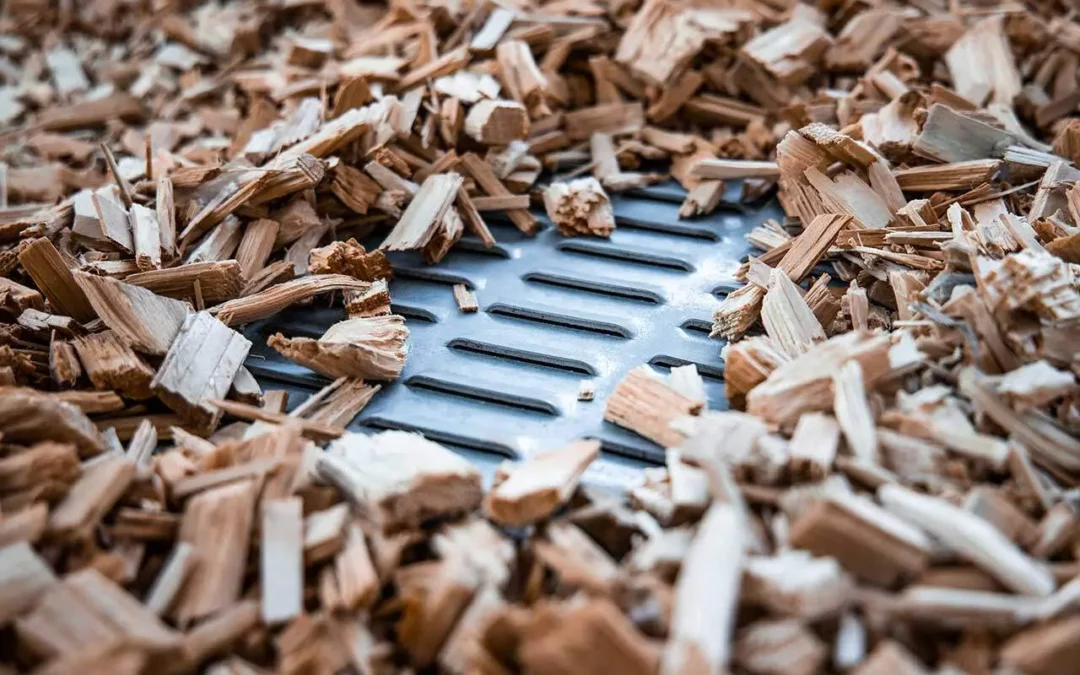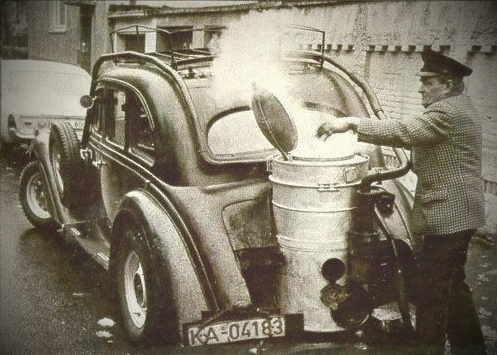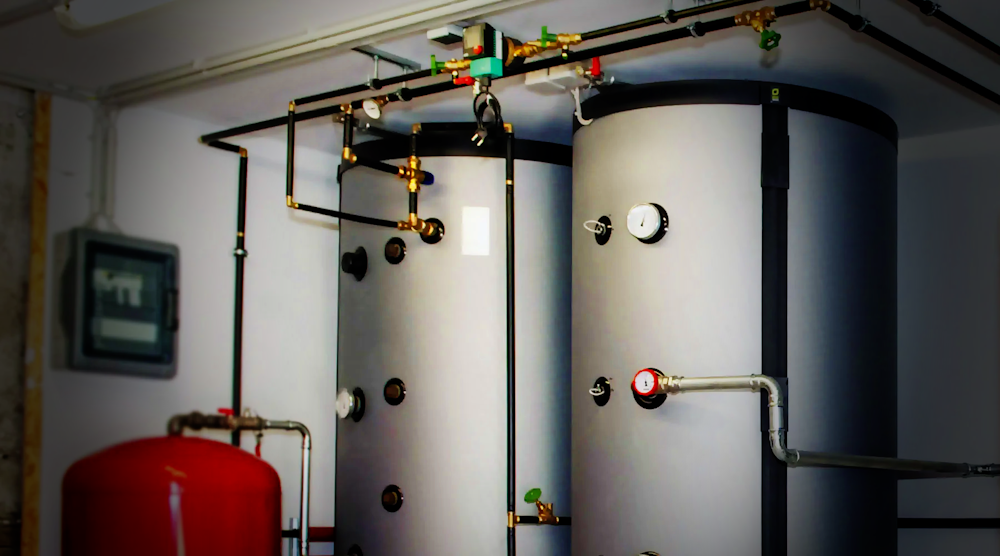In a world cluttered with waste and choked by pollution, the call for a shift towards a circular economy has never been louder. This isn’t just about recycling more or using less; it’s about a complete overhaul of how we view and use resources. Let’s break it down into simpler terms and explore why it matters.
What’s the Big Deal with Circular Economy?
Imagine a world where nothing goes to waste – everything is reused, recycled, or converted into something new. That’s the circular economy in a nutshell. It’s an ambitious goal, especially when our current “take, make, dispose” mindset leads to mountains of waste and oceans of pollution. The challenge? Moving from this linear approach to a more circular one, where every end is a new beginning.
The perks of making this switch are massive. Not only could it drastically cut down on pollution and save our planet from the worst effects of climate change, but it could also unlock a whopping $4.5 trillion in economic growth by 2030. Yes, you read that right – trillion with a ‘T’.
The Tech Gap
Here’s the kicker, though: while we’ve got the technology to make renewable energy from sources like the sun, wind, and even our trash, we’re still figuring out how to scale these solutions up big time. We’re talking about turning everyday waste into clean energy without missing a beat, and doing it everywhere. Sadly, we’re not quite there yet.
Clean Energy’s New Clothes
When we talk about clean energy in a circular economy, we’re not just thinking about your standard solar panels or wind turbines. We’re envisioning a system where waste doesn’t exist – where everything unwanted is turned into energy or something else we need. It’s clean energy with a twist.
Waste Not, Want Not
This means taking all the stuff we usually throw away – food scraps, plastic bottles, you name it – and turning it into energy. Technologies like pyrolysis (a fancy way of burning trash without oxygen) and gasification can transform our garbage into gas, electricity, or even fuel. It’s like magic, turning what we don’t want into what we need.
Efficiency is Key
But it’s not just about making energy; it’s about doing it efficiently. This involves making sure we use every bit of resource as best as we can and designing systems that can be fixed, upgraded, or recycled entirely. Imagine if your local biomass plant not only powered your home but also heated it and produced fertilizer for the nearby farms. That’s the level of efficiency we’re aiming for.
Going Local
Another cornerstone of this clean, circular energy vision is keeping things local. Why send energy miles away when it can be produced and used right in your backyard? This reduces waste, cuts costs, and can even make our energy supply more reliable. Plus, it puts power (literally and figuratively) back into the hands of local communities.
Why Does This Matter to You?
Because this isn’t just about saving the planet for future generations (though that’s a pretty big deal). It’s about creating jobs, saving money, and building a world where energy is clean, abundant, and, most importantly, sustainable. It’s a tall order, but one that’s well worth striving for.
In a nutshell, the circular economy is about reimagining our world where clean energy is king and waste is a resource, not a problem. It’s ambitious, but with the right innovations and a little bit of community spirit, it’s entirely within our reach. Let’s roll up our sleeves and make it happen.
Good read: https://www.visualcapitalist.com/sp/visualized-the-circular-economy-101/





0 Comments